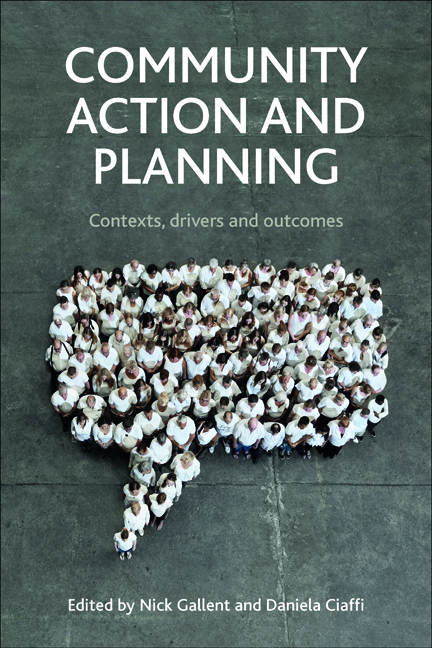8 - The Fourth Way of active citizenship: case studies from the Netherlands
Published online by Cambridge University Press: 04 March 2022
Summary
Introduction
The 1990s saw the rise of the ‘vital city’, in which citizens take control and are involved in a kaleidoscope of activities. The vital city is a product, at least in part, of a rescaling of state intervention. Local government has accepted new and heightened responsibilities in the fields of social care, employment creation, education, housing and welfare provision. There has been a transition away from the ‘welfare state’ to the ‘welfare city’ which has been given impetus by cuts in government spending and by the expectation that local jurisdictions, and local communities, will design their own responses to the challenges they encounter. In the Netherlands, this state of affairs has recently been labelled the ‘participation society’ (The Independent, 2013).
What we now call the ‘vital city’ is not a new phenomenon, but it is becoming increasingly pronounced. In many cities in Europe, and elsewhere in the world, citizens have become more actively engaged in their local areas, accepting a greater degree of responsibility for their own living environment. These ‘active citizens’ are joining forces with local government institutions to deliver a ‘Fourth Way’ in public policy, planning and social welfare. In the first part of this chapter, we will seek to conceptualise active citizenship in urban districts, arguing that the idea of a ‘Fourth Way’ concerns first, a perforation of the boundaries of the welfare state in places with a history of participation, and second, the existence of key community actors who can be described as ‘everyday fixers’, and who play an instrumental role in delivering the participation society. In the second part of the chapter, we present illustrative cases in a selection of Dutch new towns. These cases reveal how the actions of everyday fixers re-enforces the trend toward the participation society in four civil-collective initiatives focused on the maintenance of public spaces.
The perforated boundaries of the welfare state
In the final decades of the twentieth century, there was a broad political consensus in most western countries that the welfare state was growing beyond the limits of what was practical and desirable and that a process of ‘cutting out the dead wood’ was required.
- Type
- Chapter
- Information
- Community Action and PlanningContexts, Drivers and Outcomes, pp. 135 - 156Publisher: Bristol University PressPrint publication year: 2014



